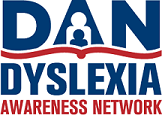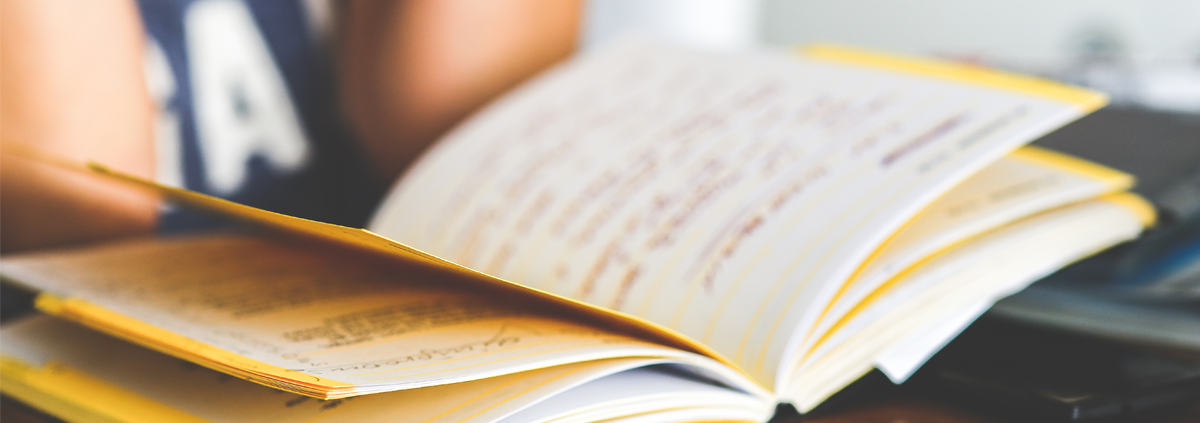Know Your Rights!
The Individuals with Disabilities Education Act of 2004
The Individuals with Disabilities Education Act of 2004 (IDEA), Section 504 of the Rehabilitation Act of 1973, and the Americans with Disabilities Act (ADA) define the rights of students with dyslexia and other specific learning disabilities. These individuals are legally entitled to special services to help them overcome and accommodate their learning problems. Such services include education programs designed to meet the needs of these students. The Acts also protect people with dyslexia against unfair and illegal discrimination
Facts About Dyslexia
Prevalence of Dyslexia
Did you know that as many as 15-20% of the population has some form of dyslexia? As much as 80-90% of students enrolled in special education classes are dyslexic. In the general population, as many as one in five people are dyslexic.
Not an Intellectual Disability
Although dyslexia is the result of a neurological difference, it isnot an intellectual disability. Dyslexia occurs in individuals at all levels of intelligence, average, above average and highly gifted.
Possible Reasons for Dyslexia?
Dyslexia runs in families. Parents with dyslexia are very likely to have children with dyslexia. For some people, their dyslexia is identified early in their lives, but for others, their dyslexia goes unidentified until they get older. Dyslexia is not due to either lack of intelligence or desire to learn; with appropriate teaching methods, students with dyslexia can learn at the same pace as students without dyslexia.
The Effects of Dyslexia
Here are some of the most common effects of dyslexia:
- Letter-to-sound association, word recognition, spelling, writing, and reading fluency or comprehension
- Trouble with grammar, understanding textbook material, and writing essays
- Difficulty expressing themselves clearly, or fully comprehending what others mean when they speak
- Might have problems in school or at work, also relating to other people, may be labeled a trouble maker
- Low self esteem and confidence, may be emotionally distressed
- Children with dyslexia have similarities and differences, but no two are exactly alike.
Strenths Associated with Dyslexia
People with dyslexia often have one or more of the following strengths:
- Very good at and find enjoyment in solving puzzles, which could be helpful in doing work as an administrator or in mechanics / engineering
- Talented at building models, which can be applied to becoming an architect or engineer
- May excel in art, music, or athletics, which are traits of many actors, musicians and athelets
- Often have great imaginations, like inventers, entrepreneurs and authors
- The ability to figure things out, which doctors and lawyers do everyday
- Excellent comprehension of stories read or told to them, which are very similar to journalists and radio announcers
Some famous, and very successful, people with dyslexia include:
* Pablo Picaso * Thomas Edison * Albert Einstein * Leonardo da Vinci * Erin Brockovich * Anderson Cooper * Tim Tebow * Jay Leno * Charles Schwab (…just to name a few!)
Important Note:
Often times, your child’s school will want to try a Response to Intervention (RTI) BEFORE beginning a formal psychologist-led evaluation. Under the IDEA (defined above) at any time you may request a formal evaluation from the school.
Common Myths About Dyslexia
Here are some common myths about the abilities of people with dyslexia:
Myth: People who are dyslexic can’t read.
In reality: They CAN read, it just takes them longer to learn how!
Myth: Kids show no signs of dyslexia until they are in school.
In reality: Early on, children with dyslexia often have delayed speech or are unable to rhyme easy words.
Myth: Smart people can’t be dyslexic.
In reality: Dyslexia occurs at all levels of intelligence – average, above average, and highly gifted.
Myth: Dyslexia mostly affects boys.
In reality: Both boys and girls can be dyslexic – boys with rambunctious behavior is what brings attention – where girls are often more quiet.
Myth: Dyslexics see and write letters backwards, like a “b” becomes a “d”.
In reality: Many children reverse letters when learning to write regardless of whether or not they have dyslexia. A child can be highly dyslexic and never write reverse letters.
Myth: Dyslexics have vision problems and need glasses.
In reality: If you do see an eye doctor you may be asked to do eye exercises and still come away with no better sense of direction since dyslexia is a language disorder.

